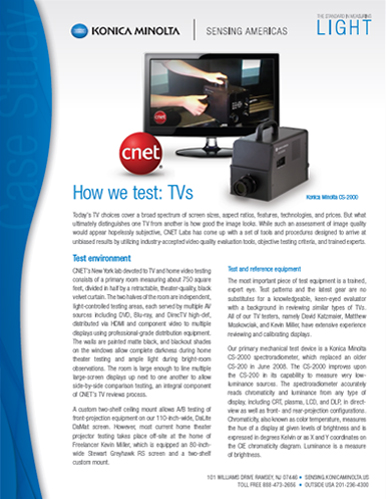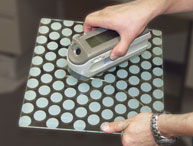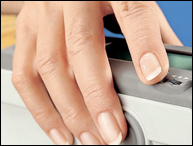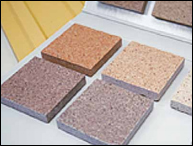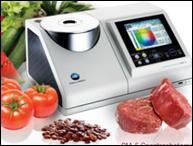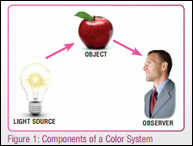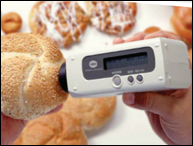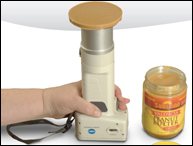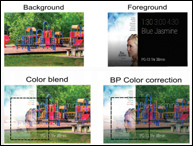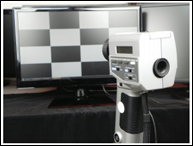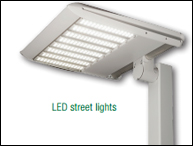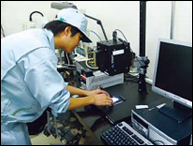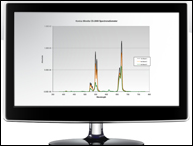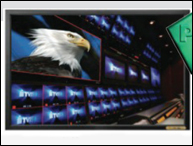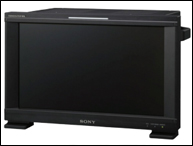Case Studies
CNET.com: How We Test HDTVs
Today’s TV choices cover a broad spectrum of screen sizes, aspect ratios, features, technologies, and prices. But what ultimately distinguishes one TV from another is how good the image looks. While such an assessment of image quality would appear hopelessly subjective, CNET Labs has come up with a set of tools and procedures designed to arrive at unbiased results by utilizing industry-accepted videoquality evaluation tools, objective testing criteria, and trained experts.
CNET’s New York lab devoted to TV and home video testing consists of a primary room measuring about 750 square feet, divided in half by a retractable, theater-quality, black velvet curtain. The two halves of the room are independent, light-controlled testing areas, each served by multiple AV sources including DVD, Blu-ray, and DirecTV high-def, distributed via HDMI and component video to multiple displays using professional-grade distribution equipment. The walls are painted matte black, and blackout shades on the windows allow complete darkness during home theater testing and ample light during bright-room observations. The room is large enough to line multiple large-screen displays up next to one another to allow sideby-side comparison testing, an integral component of CNET’s TV reviews process.
